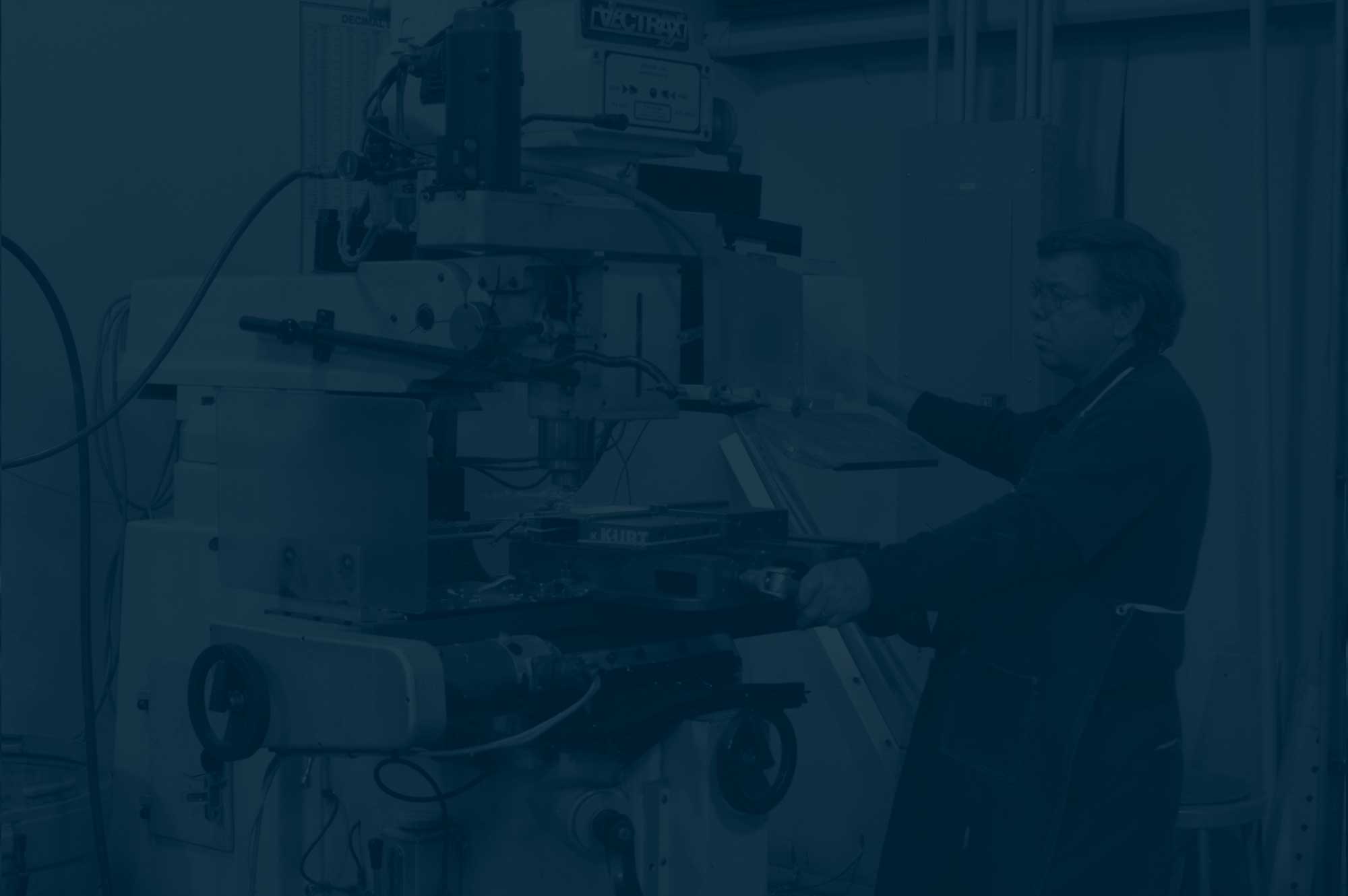04 Nov It’s not just TP. Click to keep reading…
Consumers have grown accustomed to shortages in the grocery store, but hurricanes, frosts, lightning strikes and the lingering effects from the pandemic have conspired to disrupt production of the plastic pellets that go into a myriad of products.
The price of polyvinyl chloride (PVC) that is used for medical devices, pipes, credit cards, records and more, has rocketed 70%. Epoxy resins used for coatings, paints, and adhesive, have soared 170%. Ethylene, one of the world’s most important chemicals, has experienced a 43% price increase. The problem stemmed from the dramatic decrease in production based on the pandemic recession. When the economy quickly bounced back, many manufacturers were left scrambling to acquire raw materials and parts to meet the surge in orders. The increased demand coupled with hurricanes and lightning strikes in Louisiana, and storms in Texas that damaged petrochemical chemicals and oil refining facilities has created an ongoing shortage. The chemical shortages combined with a big increase in oil prices mean higher prices for many goods. Bill Selensky, a chemicals analyst for Argus Research, remarked “The consumer is going to have to pay.” The pandemic exposed weaknesses in supply chains, and the “just-in-time” strategy employed by many manufacturers. The current petrochemical shortage will change the way many companies manage their supply chain. In the post-pandemic world, attention to the cheapest components must be monitored, along with tracking the big ticket items.
Learn more at pbs.org.






No Comments